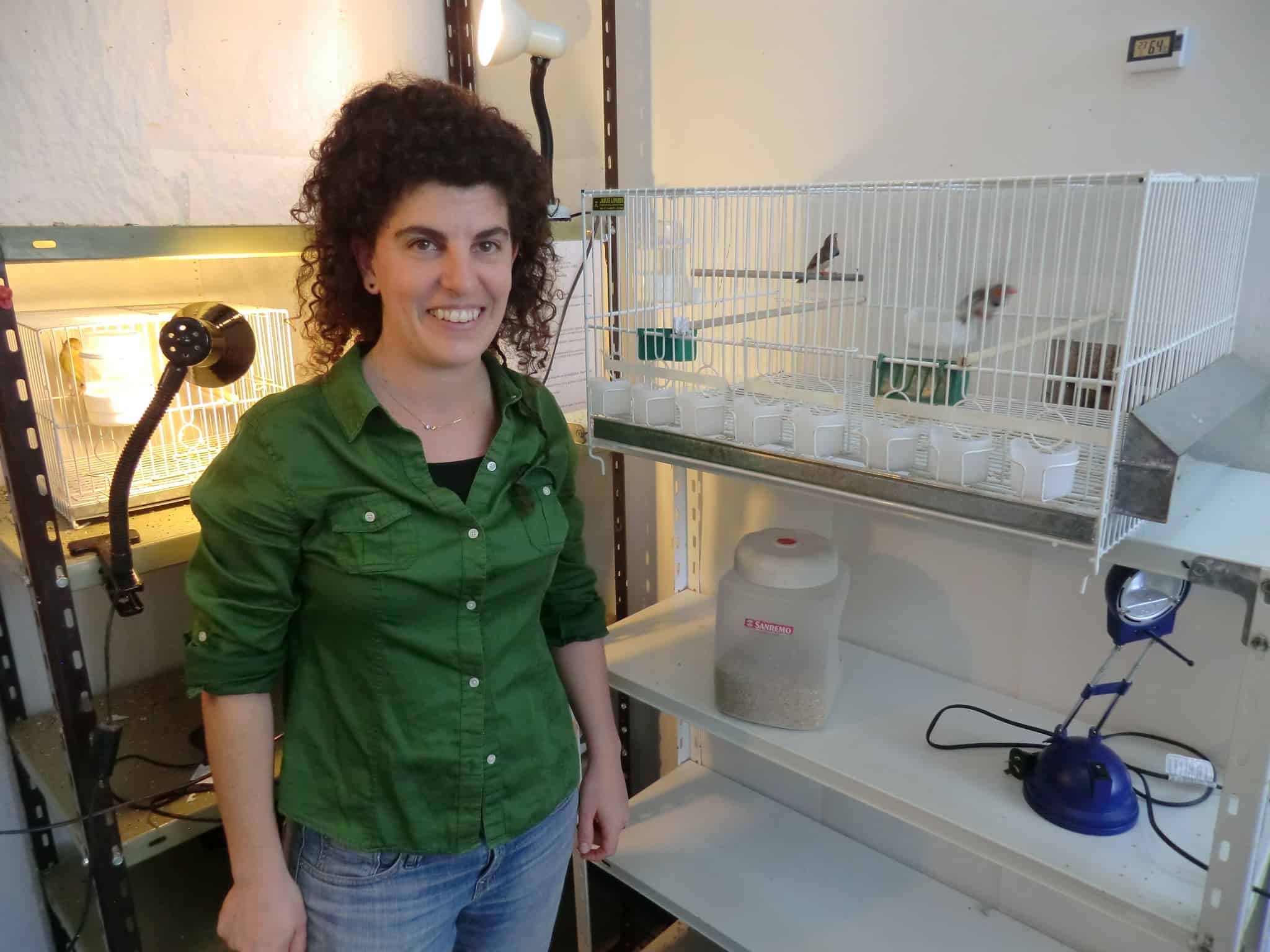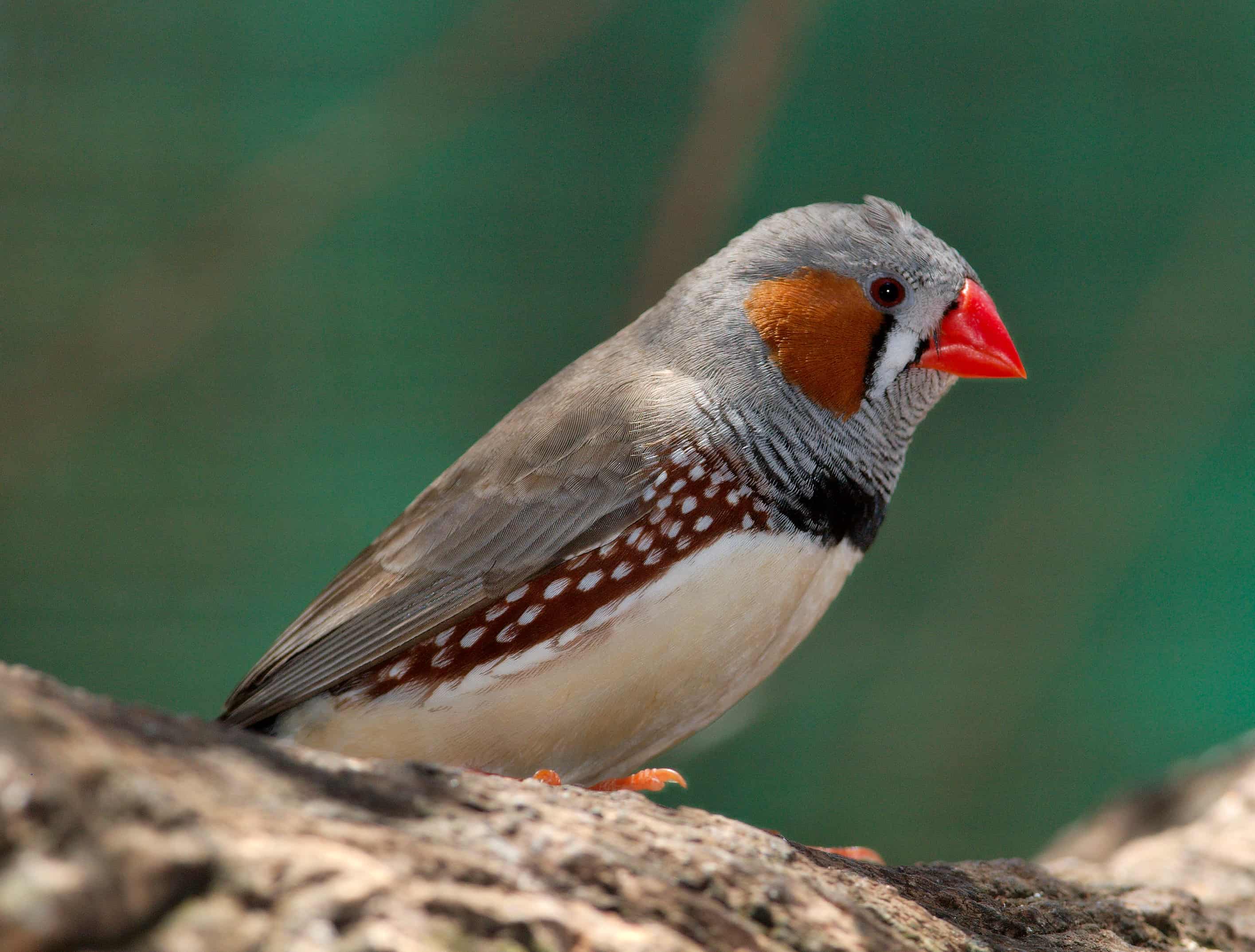By James Dacey in Buenos Aires, Argentina
Some university physics departments are modern, others are old-fashioned, but by and large they tend to contain similar features: a bunch of physicists and a selection of equipment such as microscopes and lasers. That was why I was caught by surprise in the physics department of the University of Buenos Aires when I stumbled across a collection of caged birds living in the corner of one of the labs. My curiosity was captured and I had to find out more.

It turns out that the lab is occupied by an interdisciplinary team of scientists who study bird song from a range of perspectives. These include the physiology of how the birds make the sounds, the neuroscience of how activity in the birds’ brains is linked with the act of making the sound, and the way the sounds can be recreated using mathematical models. In this audio interview, I caught up with biophysicist Ana Amador to find out about the group’s studies of the zebra finch, which you can hear tweeting away in the background.
It was interesting to learn about how this bird research is also associated with the group’s studies of human speech. One line of research involves deconstructing human speech into basic mathematical models that could improve technologies such as voice recognition software and speech simulation. In the long term, it may even lead to systems that could simulate realistic human speech based solely on the neural activity associated with thinking about particular words.

You can also read about the winter school for PhD students taking place this week at the physics department at the University of Buenos Aires.



